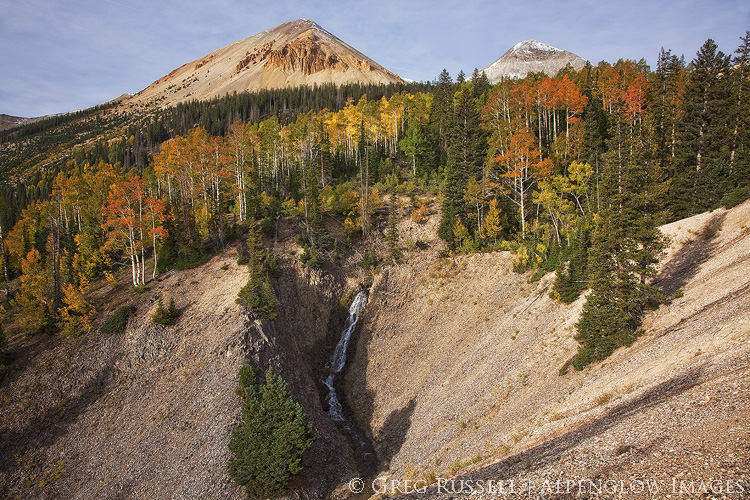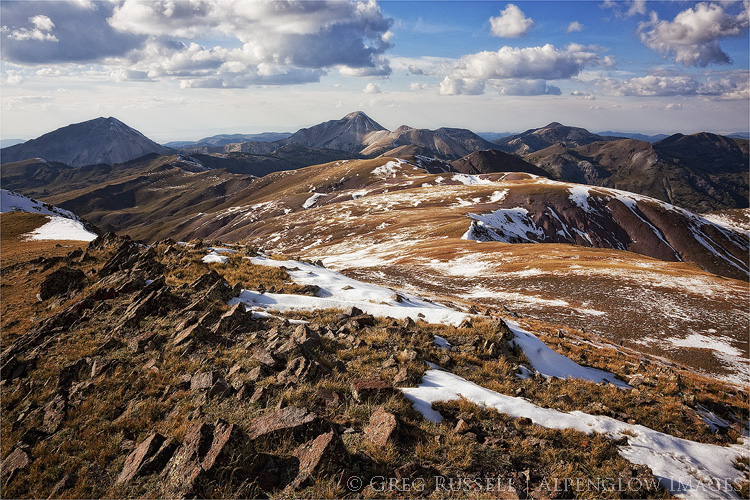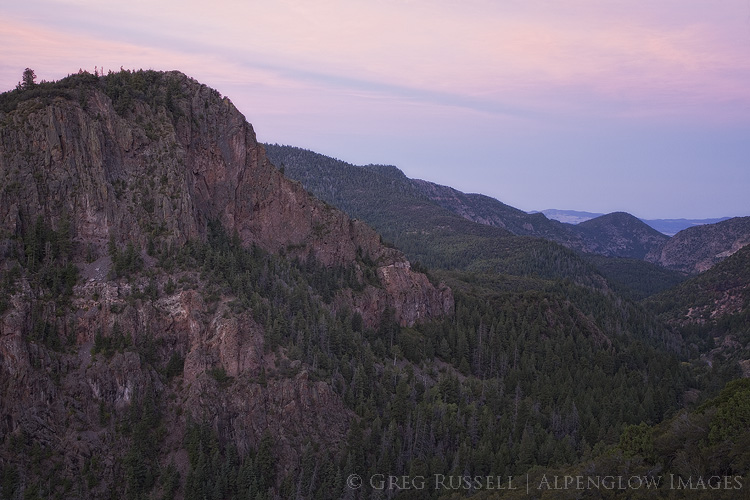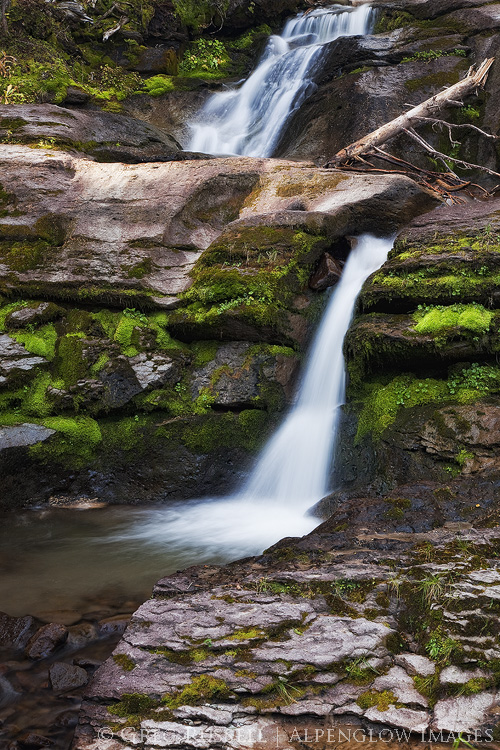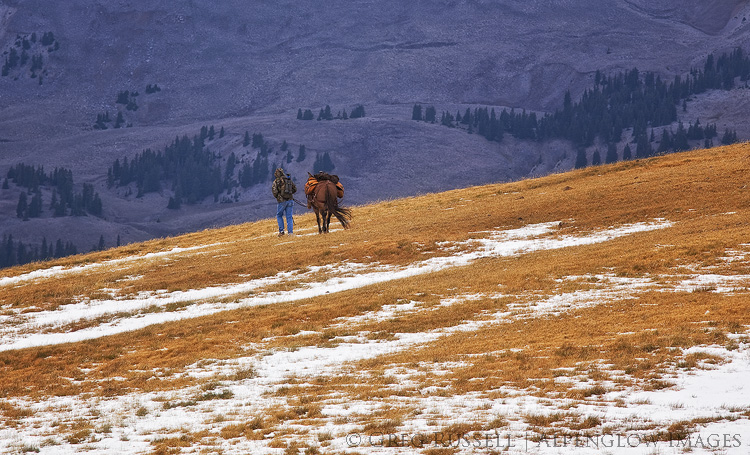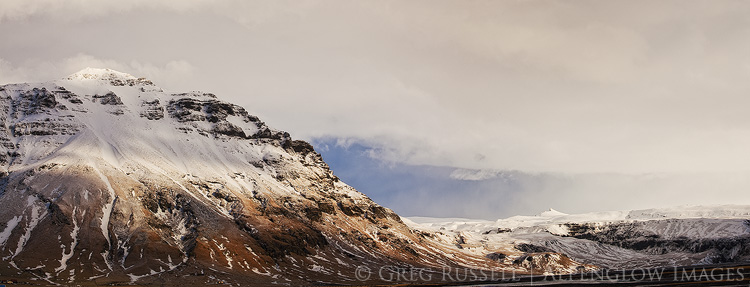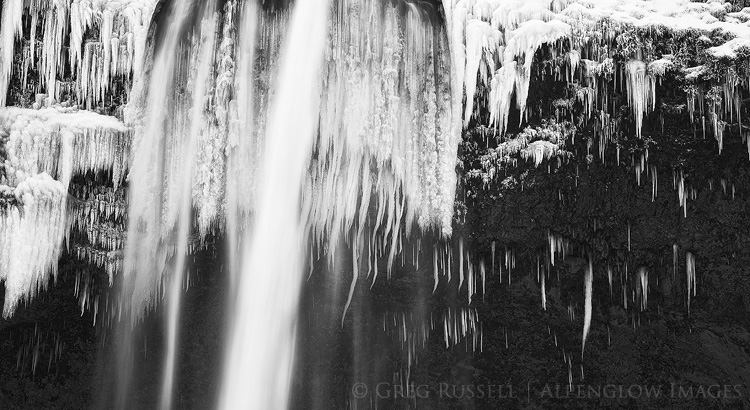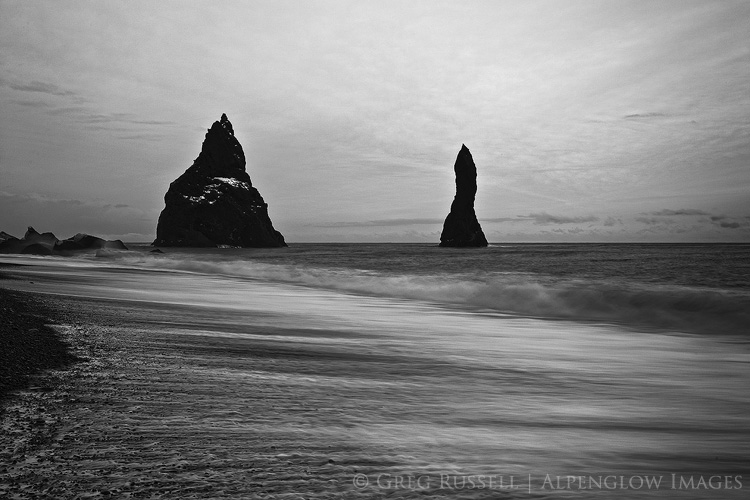“I want to see mountains again, Gandalf, mountains, and then find somewhere where I can rest. In peace and quiet, without a lot of relatives prying around, and a string of confounded visitors hanging on the bell. I might find somewhere where I can finish my book. I have thought of a nice ending for it: and he lived happily ever after to the end of his days.” – J.R.R. Tolkien
Autumn is, without a doubt, my favorite season. The light is longer, even warm days have a different tone, birds make their escape to warmer climates, and to paraphrase Gretel Ehrlich, the beautiful changing leaves are the verbs that conjugate the seasons. Autumn is almost certainly the time of the year I am the happiest.
Although I should have been working on my Wilderness Project, I opted to start the season by escaping to the high country. In hopes of getting a much-needed taste of Autumn, last week I visited the Tushar Mountains, a small mountain range in central Utah. I arrived right as a fall storm was moving out of the area. In the days before my visit, it had deposited a skiff of fresh snow in the higher parts of the range. Elk were bugling in the thickets, and aspens had begun to turn. Autumn was definitely in the air!
We first visited this lovely mountain range in July. Always struck by the way a landscape can affect–or speak to–a person, I knew instantly the Tushars had claimed another victim in me. These mountains are unlike anything I’ve ever seen. Broad high altitude ridge lines, stout peaks, steep canyons, and verdant hanging valleys (“pockets”) remind me of something from Tolkien’s Middle Earth. The way the light played on the ridges and snowfields extending from the summit of Delano Peak (12,169′)–the highest point in the Tushars–was simply magical. Yup, I knew I had to go back.
The Tushars are a volcanic mountain range that sit on the ecological cusp of the Great Basin and Colorado Plateau. They are geologically interesting; two separate volcanic events have shaped them, erosion has worn them down, and glaciers have carved their canyons. The Toquima Mountains in Nevada and the San Juan Mountains in Colorado are also good examples of volcanic ranges. The Tushars’ white peaks–formed by ash flow–stand in stark contrast to the darker volcanic rock of the lower canyons.
Although they are beautiful and unique, images don’t present themselves easily. Because of their nature, you don’t find majestic skylines like you would in the Tetons. To the casual traveler viewing the Tushar Mountains for the first time, they look nondescript…not especially noteworthy. As they say though, most things worth getting to know require a bit of time. The US Forest Service, which manages the public lands in the Tushars (part of the Fishlake National Forest), has a trail system in the Tushars, and off-trail travel is easy. Thus, it’s easy to “choose your own adventure.”
In addition to what was mostly solo hiking, I enjoyed talking with a couple of mountain goat hunters, locals whose families had been in the Tushars for generations. I was also fortunate to connect with a local landscape photographer, Brady Nay, who spent a day hiking with me and showing me some of the places he grew up with. It is always nice to meet other photographers whose images are driven by a sense of connection to a particular landscape. Brady’s certainly are, and it was a really fun day to explore some of the canyons in the Tushars with him. Whether it’s hunting or photography, public lands really do bind us all together.
Wherever autumn finds you, I hope you find someplace you can rest, in peace and quiet, to enjoy the season’s best!


